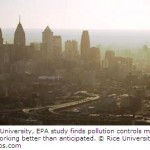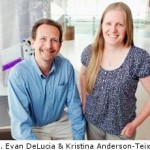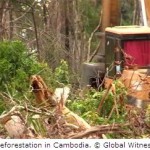Washington, D.C. – Paraguay lost at least 80 percent of its forests in the last 50 years. Of the remaining 2 million hectares (4.95 million acres) of Upper Parana Atlantic Forest, it is estimated that only 800,000 ha are valuable from the point of view of conservation and sustainable use.
“We are working hard to improve conservation and natural resource management in Paraguay, carrying out conservation and rural development activities around Itaipú dam,” said Gustavo Codas Friedmann, National Director of Itaipú Binational, “this is why we value having the World Bank’s support in our efforts to preserve this great natural resource.”
Despite its ecological importance, Paraguay suffers from serious environmental degradation, having one of the highest deforestation rates in Latin America. The fragmentation and degradation of forests and natural habitats has had a severe impact on the country’s biodiversity.
“The challenges are great and our hope is that this Project will help us confront the consequences, in particular efforts from SEAM and MAG to promote conservation and manage the Atlantic Forest’s natural resources,” said Rossana Polastri, World Bank Resident Representative in Paraguay.
The Biodiversity Conservation Project has three main objectives:
- Establish the Mbaracayú – San Rafael corridor to preserve native forests through sustainable management practices for biological connectivity.
- Promote sustainable agricultural practices to maintain biodiversity while at the same time increasing productivity and incorporating practices to preserve biodiversity.
- Strengthen the Agriculture and Livestock Breeding Ministry’s (MAG), Environmental Secretariat’s (SEAM) and National Protected Areas System’s institutional capacity.
“This project will guarantee the environmental sustainability of the Itaipú dam area of influence, and will contribute to improving the quality of life for people living in the surroundings,” maintained Marcelo Acerbi, World Bank Environmental Specialist and World Bank Project Manager.
The World Bank administers the GEF’s funds and will channel them to the Itaipú Binational Entity, which will work jointly with the SEAM and MAG in project implementation. The Project will be financed through a US$ 4.5 million grant from the Global Environmental Facility and will complement the Sustainable Rural Development Program implemented by MAG with a 2009 World Bank loan.
Source: World Bank June 17 2010












